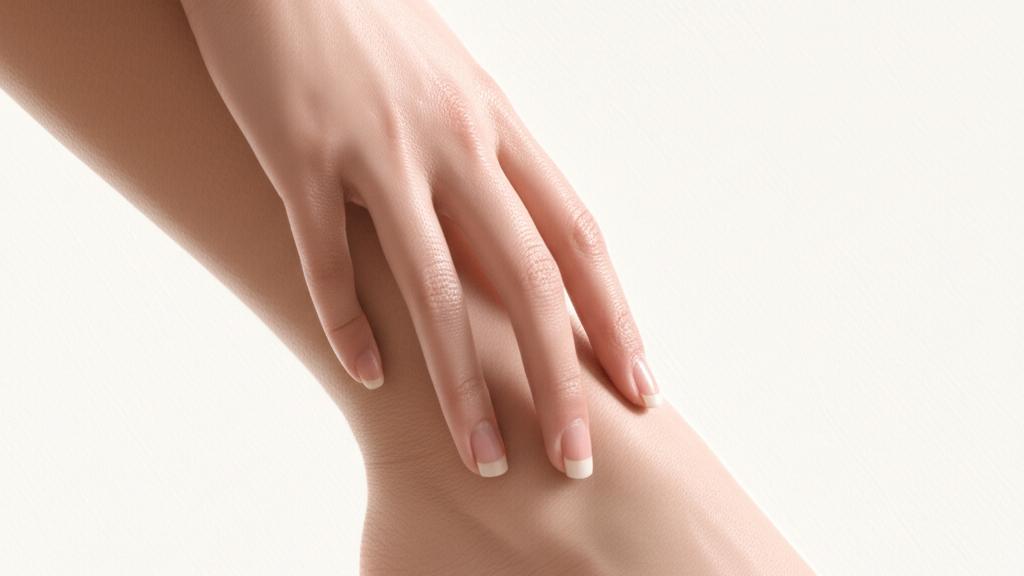Ever marvel at how your body moves so smoothly, how muscles seem to seamlessly work with your bones? It’s a beautiful, intricate dance, and part of that choreography involves structures you might not have even heard of. I often have patients come in, especially those with aches and pains in their feet or hands, and we start talking about the “why” behind their discomfort. Sometimes, the unsung heroes of our anatomy, like an aponeurosis, are involved.
So, What Exactly is an Aponeurosis?
Alright, let’s break it down. An aponeurosis (and the plural is aponeuroses, if you’re curious!) is essentially a flat, broad sheet of connective tissue. Think of it like a very thin, but incredibly strong, fabric inside your body. Its main job? Well, it’s super important for how you move and even how you hold yourself up – your posture.
You’ve probably heard of tendons, right? Those tough, cord-like things that connect muscles to bones. Aponeuroses are similar, but they’re a bit different in their role and appearance. They act as anchors, giving your muscle fibers a place to attach, linking them to your bones and sometimes even cartilage. They cover your muscles, providing support and a pathway for force.
How an Aponeurosis Works: A Bit Like a Spring
When you flex your bicep or point your toes, the aponeurosis involved acts a bit like a spring. It’s designed to handle the tension and pressure that comes with muscle movement. It absorbs some of that energy.
Now, tendons, they stretch and contract more directly with the muscle to move a bone. They give you that range of motion, that flexibility. Aponeuroses, on the other hand, are more about providing strength and stability to the whole system. It’s a team effort!
And sometimes, an aponeurosis can also act like another type of connective tissue called fascia. Fascia is like a body-wide web, a fibrous tissue that wraps around and supports muscles, organs, and bones. So, these aponeuroses are pretty versatile.
Aponeurosis vs. Tendon: What’s the Difference Structurally?
Even though they both do similar jobs, they don’t look alike.
- An aponeurosis is a delicate, thin sheet. It’s packed with cells called fibroblasts that produce collagen, the stuff that gives it strength. These collagen fibers are neatly arranged in parallel lines, making it tough despite its thinness. You’re less likely to directly injure an aponeurosis because they’re often tucked away under layers of muscle and bone.
- Tendons are much thicker, more like ropes or cords. They’re tough too, but because they’re often more exposed, they can sometimes get injured more easily – think of an Achilles tendon injury, for example.
Where Can We Find These Aponeuroses?
Your body has quite a few of these important sheets. Here are some common examples you might encounter:
- Bicipital Aponeurosis: This one’s in your arm, specifically in your biceps muscle, near the inner part of your elbow. It’s a wide sheet that helps strengthen that area and, importantly, protects the brachial artery (a major blood vessel) and the median nerve (a key nerve for hand function) that run through your upper arm.
- Epicranial Aponeurosis: Imagine a thin, strong cap under your scalp – that’s your epicranial aponeurosis. It sits over the top of your skull. Your scalp has a few layers: skin on the outside, then some dense connective tissue, and then this aponeurosis. These layers all move together and help a muscle in your skull that’s involved in your facial expressions. Pretty neat, huh?
- Palmar Aponeurosis: This is in the palm of your hand, stretching from your wrist crease down to the base of your fingers. It’s what helps you cup your hand and grip things. It also protects the tendons and muscles underneath. Sometimes, this aponeurosis can thicken and shorten over time, leading to a condition called Dupuytren’s disease, where fingers get pulled inwards. I’ve seen a few folks with this in my practice.
- Plantar Aponeurosis (Plantar Fascia): Ah, this is a common one! It’s on the sole of your foot, running from your heel bone to the front of your foot. This is what we’re usually talking about when someone has plantar fasciitis – that sharp heel pain. The plantar aponeurosis protects nerves and blood vessels in your foot, supports your arch, helps control ankle movement, and distributes force when you walk or run. When it gets overstretched or inflamed, ouch!
- Erector Spinae Aponeurosis (ESA): Located in your lower back, this one works closely with another dense connective tissue called the thoracolumbar fascia (TLF). Together, they separate your deep spinal muscles from your abdominal wall muscles. They’re super important for things like breathing, maintaining good posture, and how your body transfers loads – like when you lift something.
- Aponeurosis of the External Oblique: This aponeurosis is attached to your external oblique muscle, which is one of your main abdominal muscles running along the sides of your trunk. It helps your oblique muscles twist your body from side to side and assists with spine movement.
So, while they might not be as famous as muscles or bones, these aponeuroses are working hard behind the scenes every single day.
Take-Home Message: Understanding Aponeurosis
Here’s what I’d love for you to remember about aponeurosis:
- An aponeurosis is a flat, strong sheet of connective tissue.
- It connects muscles to bones or cartilage, similar to tendons but structurally different.
- Aponeuroses provide stability and help distribute forces during movement.
- You have them all over your body, from your head (epicranial) to your feet (plantar).
- Issues with an aponeurosis, like the plantar fascia, can sometimes lead to pain or conditions like plantar fasciitis.
These structures are a testament to how wonderfully complex and efficient our bodies are. Just another piece of the incredible puzzle!
You’re doin’ great by learning more about how your body works. It’s always good to be curious.


